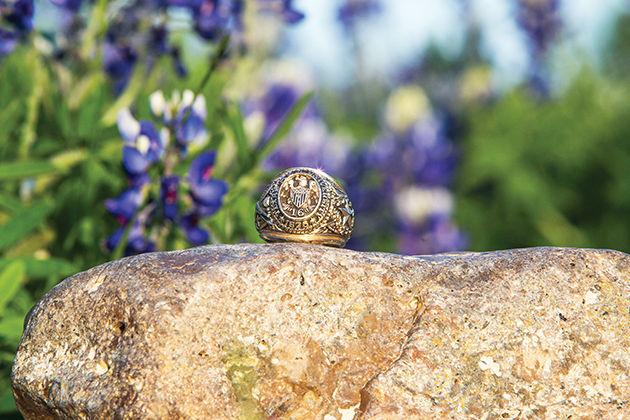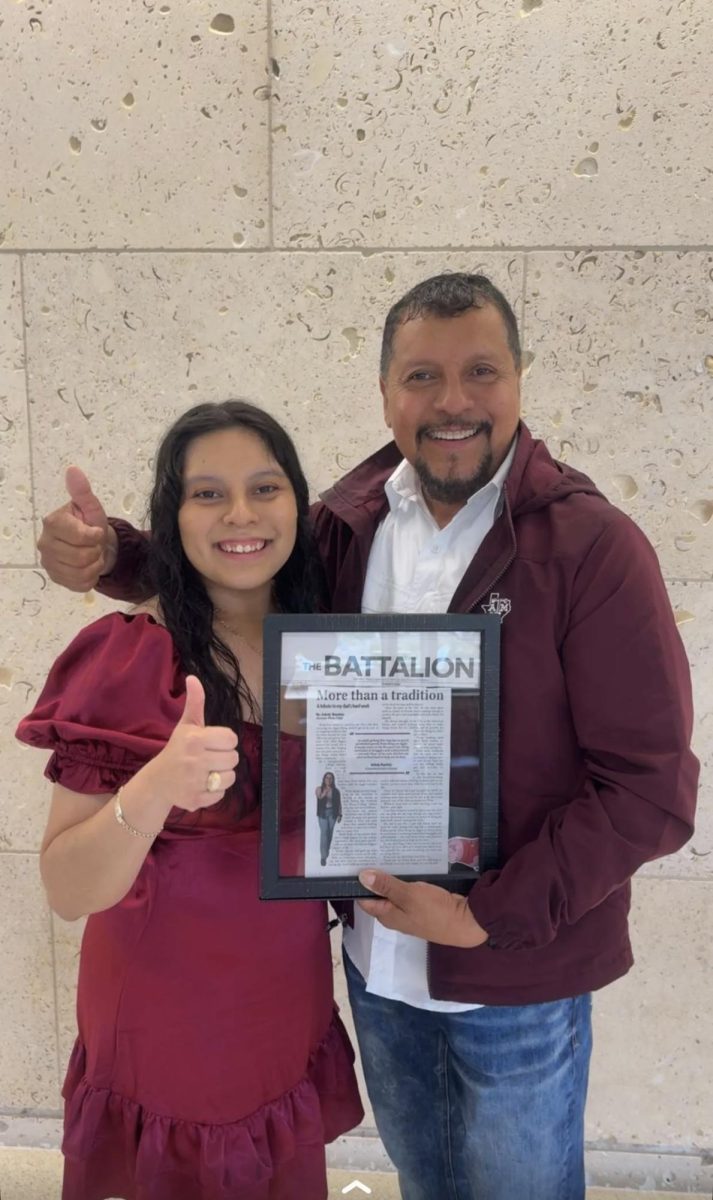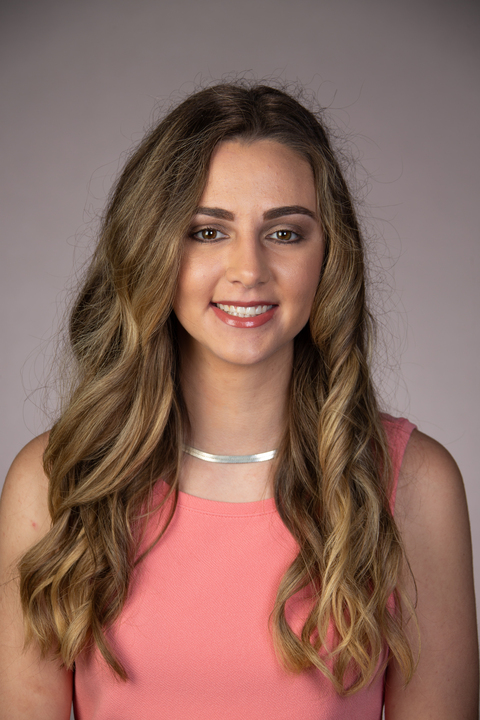The largest Ring Day to date will begin Friday and extend through Saturday, as thousands of Aggies and their families gather at the Association of Former Students to celebrate earning their piece of Aggie gold.
Ring Day takes place three times per year in September, November and April. About 6,000 Aggies — many with families and friends — will crowd to the Association. Music, entertainment and snacks will be available throughout the Association’s exterior lawns, and students will receive their rings into Saturday in the first two-day Ring Day since the tradition took off.
Kathryn Greenwade, vice president of The Association of Former Students, said picking up an Aggie Ring was not always the festive event it is today. Greenwade said prior to 2000, picking up one’s ring was still a significant day, but lacked the current fanfare.
“So people would come all day long and we would have a line around the building and students would camp out because there was no ring ticket pull,” Greenwade said. “It was kind of first come, first serve, and so the reason we wanted to change it [was because] we wanted Ring Day to be the celebration that the accomplishment was.”
In order to receive an Aggie Ring, a student must have completed a minimum of 90 total hours, 45 hours of which must come from A&M, while also meeting a minimum GPA requirement. Students receiving their rings this Ring Day met these qualifications at the end of the fall semester, marking the start of a four-month wait to receive their own piece of Aggie gold.
Holly Rine, communication senior and student worker at The Association, said the Aggie Ring has a deeper meaning beyond what the carved symbols represent.
“Looking down at your ring might remind you of the late nights you spent in the library studying for a next to impossible class,” Rine said. “It might remind you of the organizations you were a part of while you were here. It might remind you of the Saturdays at Kyle and the Tuesday nights at Olsen and the Wednesdays at Reed. To me, the Aggie Ring means more than I can justly describe with words.”
The first Aggie Ring was created in 1889, designed by E.C. Jonas, Class of 1894. Since its advent, the Ring has undergone a few changes, altering an entwined “AMC” to “Texas A&M University,” and adding the seal of Texas.
Sebastian Lossner, accounting senior, said the Aggie ring’s longevity has made it an easily recognizable symbol throughout the world.
“For many, the Aggie Ring is the most visible representation of Texas A&M’s traditions and values,” Lossner said. “It enables people all over the world to demonstrate their affiliation with the university in a unique way. Each ring, however, also tells a unique story … In each case, it is a story worth sharing, because no place other than Aggieland writes such incredible ones.”
From white gold to 10K, antiqued to natural, diamond-studded or bare, each Aggie Ring tells a tale of hard work and determination, carrying with it a rich history, said Greenwade.
“There are so many special Ring Day stories, every Ring Day — whether that is the first-generation college student who’s here with her family or his family, or whether that student with family who has 37 Aggies in their family — it’s just as special for both of those families,” Greenwade said.
Ring Day extended through Saturday to accommodate largest order ever
April 8, 2016
Photo by Photo by: Alexis Will
For the first time there will be Ring handouts on Friday and Saturday.
0
Donate to The Battalion
$2790
$5000
Contributed
Our Goal
Your donation will support the student journalists of Texas A&M University - College Station. Your contribution will allow us to purchase equipment and cover our annual website hosting costs, in addition to paying freelance staffers for their work, travel costs for coverage and more!
More to Discover
















